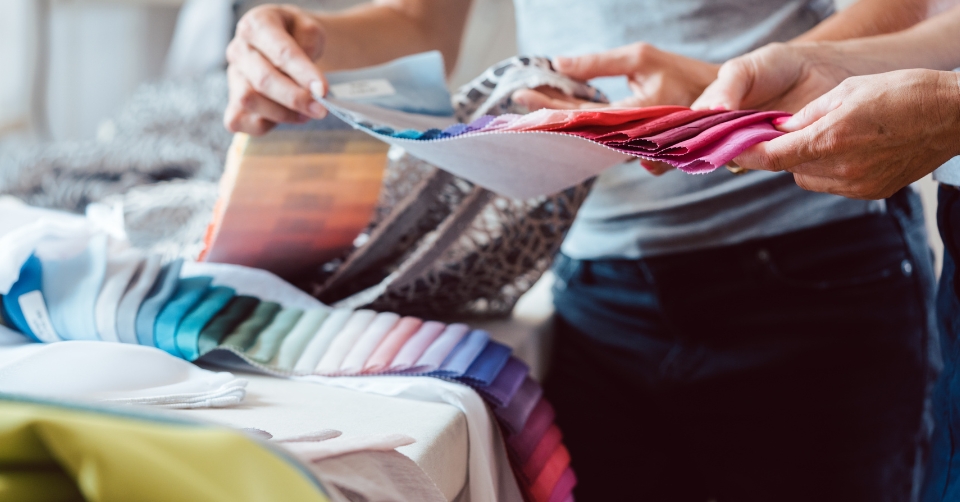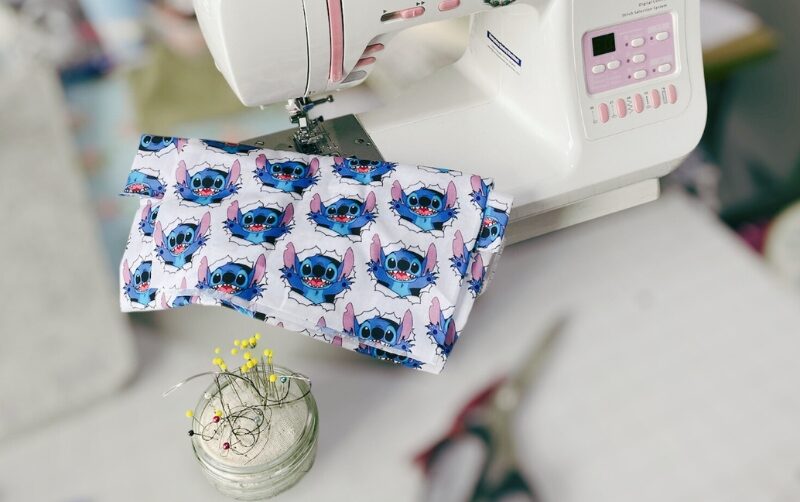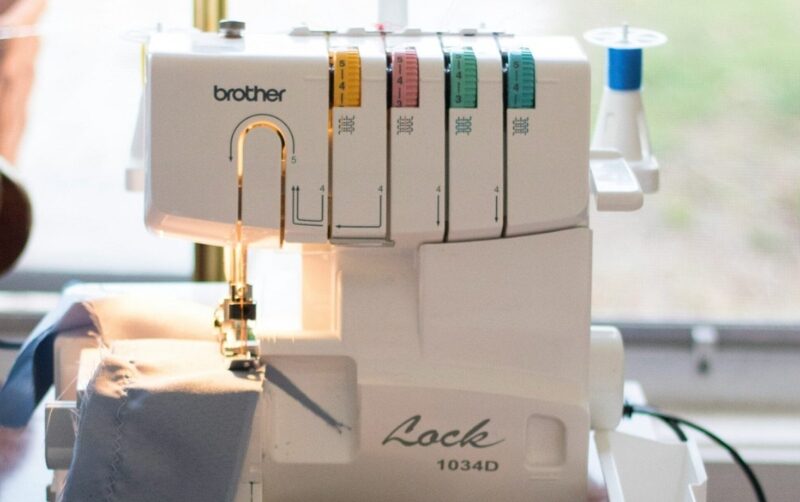Choosing the right fabric is one of the most crucial steps in any sewing project. The fabric you select can make or break the final result, impacting the fit, functionality, and overall aesthetic. Whether you’re crafting a dress, a bag, or a set of curtains, understanding how to match the fabric to your project’s needs is essential. Here’s a step-by-step guide to help you choose the perfect material for your next sewing adventure.
“Fabric is the starting point of all design”

Step 1: Understand Your Project Needs
The first step in selecting the right fabric is understanding what your project requires.
Purpose: Is it for clothing, home décor, or accessories? Each type of project has specific needs. For instance, clothing might need breathable or stretchy fabric, while upholstery requires durability.
Functionality: Think about how the fabric will be used. Does it need to withstand wear and tear? Should it drape elegantly or hold a structured shape?
Environment: Consider the context – a summer dress will need a light, breathable fabric, while a winter coat will need something warm and heavy.
Step 2: Know Your Fabric Types
Familiarising yourself with fabric categories is essential for making informed decisions.
Woven vs. Knit:
Woven fabrics (e.g. cotton, denim) have minimal stretch and are great for structured projects.
Knit fabrics (e.g. jersey, spandex) are stretchy and ideal for fitted garments or activewear.
Natural vs. Synthetic Fibres:
Natural fibres (e.g. cotton, linen, silk, wool) are breathable and often more eco-friendly.
Synthetic fibres (e.g. polyester, nylon, acrylic) are durable, wrinkle-resistant, and often less expensive.
Specialty Fabrics: Fabrics like chiffon, fleece, leather, or denim have specific applications. For example, chiffon works for delicate garments, while denim is great for sturdy projects.
Step 3: Match Fabric Properties to Your Project
Every fabric has unique properties that make it suitable for certain projects.
Drape: Light, flowy fabrics like chiffon or viscose work well for dresses and blouses.
Stiff fabrics like canvas or twill are better for structured items like jackets or bags.
Stretch: Knit fabrics are ideal for fitted clothing or activewear.
Woven fabrics are better suited for garments that don’t require stretch, like trousers or shirts.
Durability: Sturdy fabrics like denim or upholstery fabric are best for items that need to withstand wear and tear.
Breathability: Natural fibres like cotton or linen are excellent for hot climates or activewear, keeping the wearer cool and comfortable.
Step 4: Consider the Fabric Weight
Fabric weight can dramatically affect how a project turns out.
Lightweight Fabrics: Voile, organza, lightweight cotton – perfect for airy garments like summer dresses or blouses.
Medium-Weight Fabrics: Quilting cotton, denim, linen – ideal for everyday clothing and home décor.
Heavyweight Fabrics: Canvas, upholstery fabric – suitable for bags, coats, or furniture projects.
Step 5: Check the Fabric’s Characteristics
Before committing to a fabric, examine its features:
Texture: Is it smooth, rough, or soft? The texture will impact the look and feel of the finished product.
Stretch: Test the fabric’s stretch by pulling it gently. Ensure it matches your project’s needs.
Sheen: Some fabrics, like satin, have a glossy finish, while others, like cotton, are matte.
Pattern: Stripes, florals, or solids – choose a pattern that complements your project’s design.
Drape: Hold the fabric up or ask for a swatch to see how it falls and moves.
Step 6: Align Fabric with Skill Level
Your skill level plays a big role in fabric selection:
Beginner-Friendly Fabrics: Cotton, flannel, quilting fabric – easy to cut, sew, and handle.
Advanced Options: Silks, stretchy knits, slippery materials like satin – these require more precision and experience.
Step 7: Plan for Fabric Maintenance
Fabric care is a crucial consideration:
Care Requirements: Check if the fabric is machine washable, requires dry cleaning, or needs special handling.
Pre-Washing: Pre-wash fabrics prone to shrinkage, like cotton, to avoid surprises after sewing.
Step 8: Purchase the Right Amount
Make sure you buy enough fabric for your project:
Understand Yardage or Meterage: Check your pattern’s requirements and buy slightly more to account for mistakes or pattern matching.
Allow for Extras: Add extra fabric for challenging projects or future alterations.
Bonus Tips for Fabric Selection
Shopping Online:
Look for detailed descriptions, including weight, drape, and stretch.
Read reviews and ask for swatches if possible.
Ask for Help:
Don’t hesitate to seek advice from shop assistants or online communities. They can offer insights and recommendations.
Choosing the right fabric is a blend of technical knowledge and personal preference. By understanding your project’s needs and matching them to the fabric’s properties, you can create items that are functional, beautiful, and built to last.


